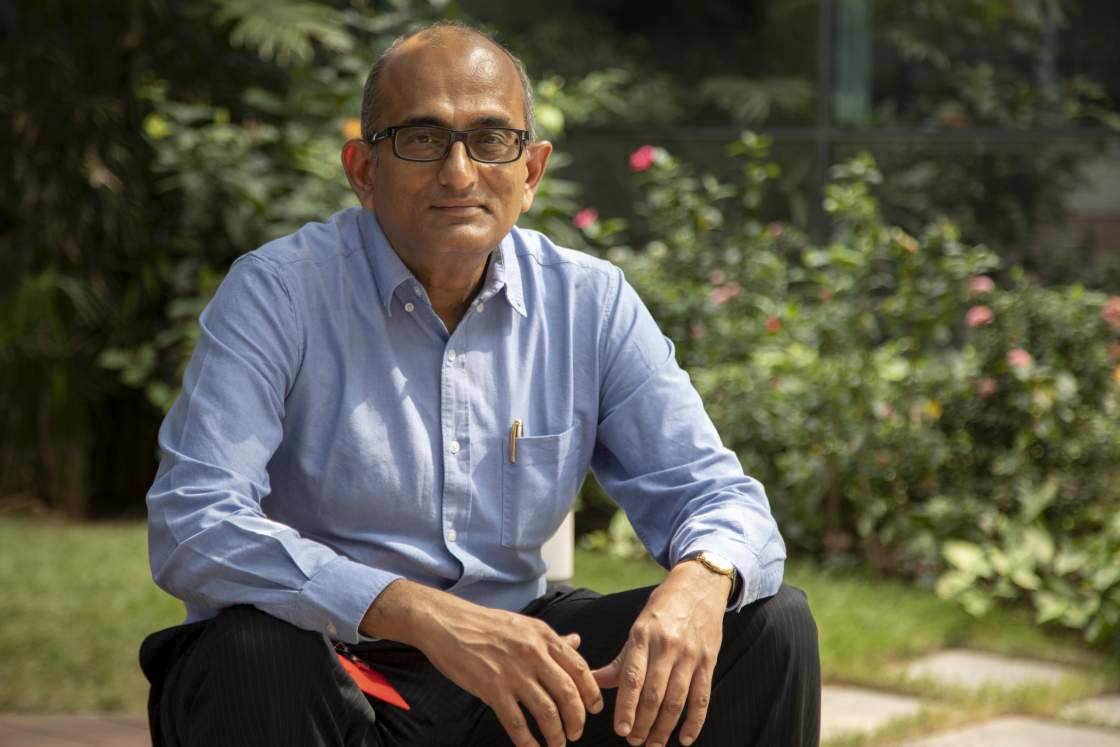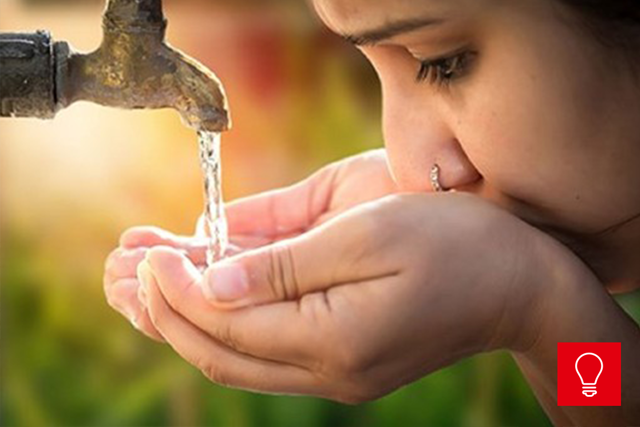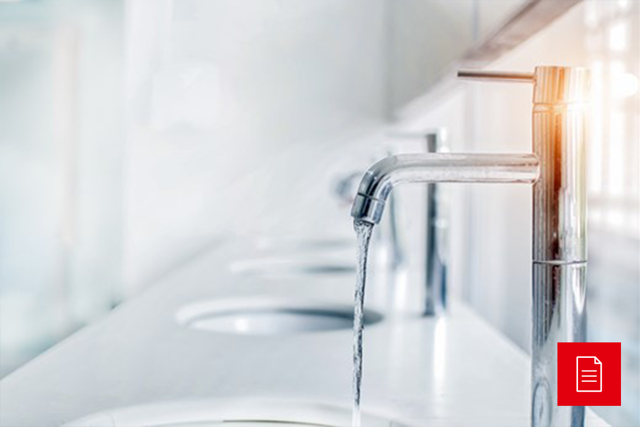
By Ravichandran Purushothaman, President of Danfoss India. Originally posted on www.weforum.org
The global water crisis is not a new story. Every year, I review statistics that are becoming all too familiar: an expected 40% gap in the global water supply, the 2.1 billion people who lack access to safe drinking water and the fact that water has ranked in the top five risks for eight consecutive years in the World Economic Forum’s Global Risk Report. On top of all this, a shortage of water is not an isolated risk; it is nested in a cluster of other risks that are increasingly interconnected.
In Chennai, India, millions of people already find themselves short of water. In addition, all of the top 10 cities for economic growth in the next two decades will be in India. The reality is that as economies develop and populations grow, so does the demand for resources like fresh water, land and energy. The global numbers paint a clear picture: agriculture accounts for 70% of total global freshwater withdrawals, food production and supply chains consume about 30% of the total energy consumed globally and 60% more food will need to be produced in order to feed the world population in 2050. Let that sink in for a minute. At this point, you might be asking yourself: Will aspirations for a food-secure future jeopardize water and energy security?
Given the interdependency of these sectors and the fact that all three underpin several of the UN’s Sustainable Development Goals, we vitally need an integrated approach to the water-energy-food nexus.
Resource efficiency is essential in tackling the nexus
The starting point for building a sustainable roadmap for the water-energy-food nexus is resource efficiency. Think about the water sector for a moment. Water shortages in India have been addressed by policy-makers by looking at newer and more creative supply options, such as lakes, groundwater and desalination plants. While these solutions must be part of a plan to tackle critical water crises, the first step should be to look at simple solutions that can help us save water.
We know that around 30% of current water losses around the globe are caused by leaky pipes; the highest figure reported is 80% loss. This is not only a waste of good water but also of energy. We must limit water leakages in order to save water and reduce energy use. Unnecessary high pressure across drinking water supply systems stresses and wears out the pipes, creating leakages and increasing maintenance costs. This unnecessary high pressure in the pipes also means that an avoidably high amount of water is pushed out during the leaks.
By introducing intelligent pressure management, we can reduce pressure by 38% and minimize leaks. With this technology, we split our cities into pressure zones. Pressure sensors and variable speed drives are the main components and allow water to be pumped according to the needs of each pressure zone. In this way, we can reduce water loss by 40% and energy consumption by 20-40%.
Reducing food loss and waste also holds potential for preserving our water resources. According to the World Resources Institute, food loss and waste are associated with 24% of all water used for agriculture, which is translated into a very inefficient use of water and land. Big inefficiencies suggest opportunities for big savings. Optimizing yields at the harvest level, through modern machinery and maintaining temperatures to reduce losses across the entire supply chain, must be part of a strategy to tackle the water-energy-food nexus. If we create significant reductions in food loss, food producers will be able to provide more value while using less energy to power farming equipment, less water for irrigating crops and deforesting less land for new farms.

Paving the way towards water, energy and food security
An integrated approach to the water-energy-food nexus allows us to unlock the enormous opportunities for resource efficiency and manage the complex interactions between water, energy and food security. I want to take this time to challenge you to put resource efficiency first. We must empower the world to do more with less. Think holistically, think long-term. The stakes are high for our people and the planet. We have in our hands the tools and the opportunities to future-proof the Earth. There is such a thing as being too late and when it comes to climate change and the sustainable transformation of tomorrow, that hour is almost upon us unless we act fast - and act now.
Related links




